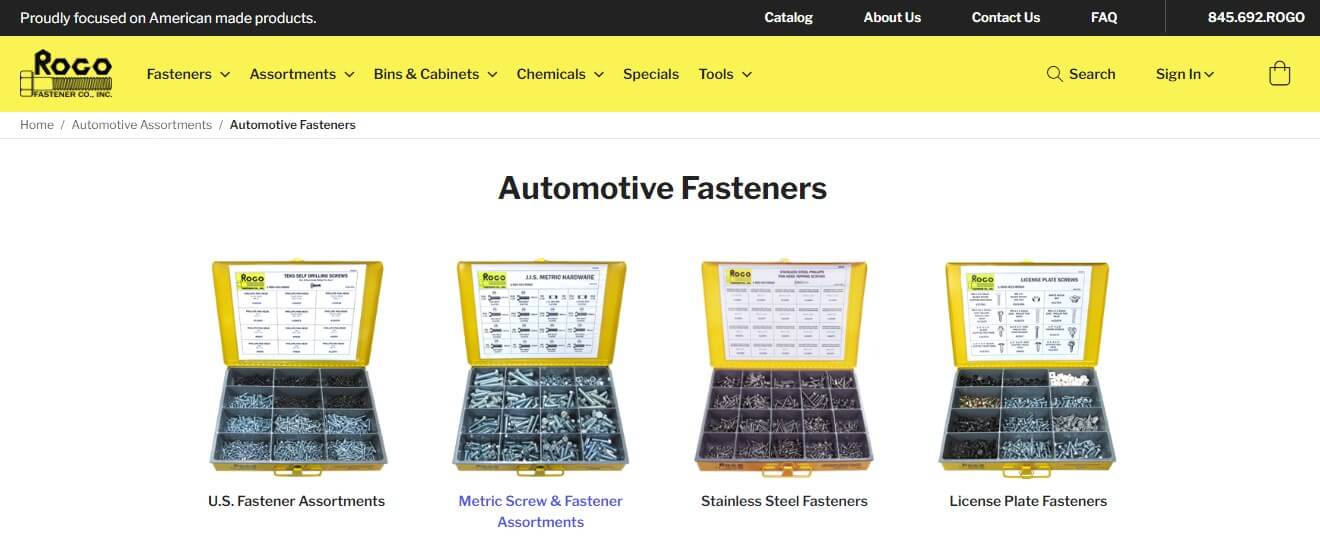Mechanics and manufacturers use anti-seize compounds to reduce friction between mated and threaded metal components of different automotive systems. It protects fasteners from corrosion and rust, maintaining the part’s longevity and reliability. Use these tips to ensure the proper application of this special lubricant and strengthen the integrity of your mechanical work.
Find the Correct Type of Anti-Seize Compound for Your Application
Different applications and materials require different compounds. For use on automotive fasteners, copper, aluminum, graphite, and nickel-based compounds are the most common types of lubricant.
Copper-based lubricant prevents galvanic corrosion between dissimilar metals, such as aluminum and steel. Aluminum-based compounds specifically prevent the seizing and galling of aluminum threads. Graphite-based lubricants excel in extremely high temperatures, and nickel-based compounds are the most versatile, making them a vital product for mechanics and manufacturers.
Factors To Consider Before Choosing
Auto repair shops should always have different types of anti-seize compounds on hand and consider the following before applying:
- Materials. Know the materials used to make the components. For example, some specify non-copper applications.
- Temperature range. Some compounds withstand high temperatures better than others. For example, graphite and nickel can handle extreme temperatures better than copper and aluminum.
- Environmental conditions. Choose a compound with higher rust resistance for vehicles exposed to corrosive elements, such as chemicals or road salt.
- Manufacturer recommendations. Consult the manufacturer’s recommendations or guidelines for the vehicle and components. Some address the most suitable compounds to use.
Varying car and truck systems with different degrees of exposure to contamination and high temperatures use automotive fasteners. Therefore, your intended use also plays a significant role in choosing the correct type of compound.
Where To Use Anti-Seize on Cars
Brake systems, exhaust systems and suspension components are the most common areas for lubricant application. More specifically, brake caliper bolts need lubricants to prevent seizing caused by regular exposure to high temperatures.
Read Also: Signs That Your Dashboard Instrument Cluster Needs Repair
The fasteners in exhaust systems commonly rust and corrode over time due to high exposure to the elements. Still, lubricants designed to prevent seizing and corrosion make them last longer and ease the repair process. Tire rods and ball joints in suspension systems also face high-temperature exposure and need protection.
Clean Before and After Assembly
Preparation is critical when using an anti-seize compound. Before applying the product, you need a thoroughly cleaned surface to avoid contamination from dirt, grease, and oil that could negate the product’s purpose and cause damage. Use a strong degreaser for a better clean. Then, follow these simple steps:
- Apply the product to the male fitting
- Cover the ridges of bolts with the brush
- Insert the bolt immediately to avoid picking up any contaminants
- Tighten the fastener using standard trade practices
For bolts and blind hole fasteners with exposed threads post-assembly, coat everything, including the threads, washers, and nuts, with a thin layer for extra protection.
Buy Fasteners and Anti-Seize From a Trusted Manufacturer
High-quality fasteners and lubricants impact the reliability of your work as a mechanic and affect the customer’s experience. Check out the top-tier anti-seize compounds available at ROGO Fastener, a trusted automotive fasteners and tools supplier since 1992.
